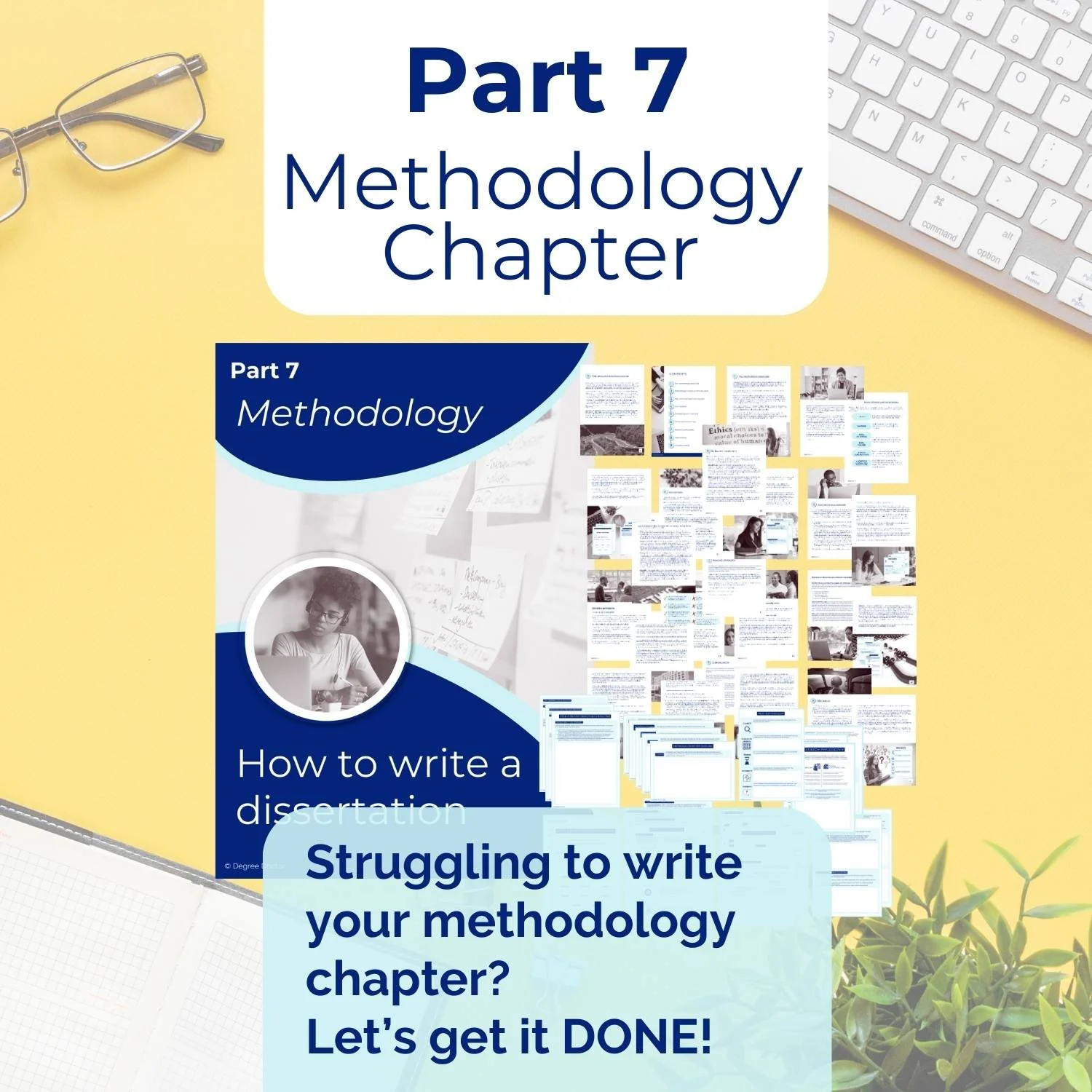How to Recruit Research Participants: Top tips for social science PhD students
You’re trying to recruit more participants, but nothing seems to be working—ugh, it’s so frustrating, isn’t it?
You’ve poured hours into your research project, meticulously designing recruitment materials, only to find they’re not sparking the interest you hoped for. Been there, done that!
But don’t worry—it’s not you, it’s your materials. They just need a little glow-up to turn them into irresistible invitations that make people want to jump on board.
In this post, we’re diving into why most recruitment materials miss the mark and, more importantly, how you can turn things around with simple, actionable tweaks. Let’s do this!
Why do most research recruitment materials struggle to grab attention?
1. Overly Academic Language:
If your materials are packed with jargon and feel like they’re straight out of a textbook, you’re unintentionally alienating people. Most potential participants aren’t academics, so words like phenomenological and paradigm might as well be in a foreign language. Keep it simple and relatable!
2. It’s All About You (Oops!):
A big mistake is making the research the star of the show instead of the participants. People want to know what’s in it for them. Why should they care? How will their input make a difference? Show them the meaningful impact their time and effort can have, and they’ll be far more likely to say yes.
3. Snooze-Worthy Visuals:
Let’s face it—if your recruitment materials look dull, they’ll feel dull. First impressions count, and a visually uninspiring flyer or email won’t stop anyone mid-scroll. Eye-catching colors, engaging images, and a clean layout can make all the difference in getting people to pay attention.
Ready to fix these? Let’s move on to the fun part—turning those boring materials into participant magnets!
Five steps to more participants
Let’s look at how you can turn those ho-hum recruitment materials into irresistible calls to action that participants can’t ignore:
Make a Genuine Connection:
Start with your participants, not your project. Get into their world—what are they struggling with? What motivates them? Hang out in their spaces, whether it’s Facebook groups, Reddit threads, Amazon reviews, or even their Google searches. When you truly understand their thoughts and experiences, you can craft headlines like “Do you ever feel like…” or “I know you’re thinking…” that grab their attention right away.
Simplify and Relate:
Keep it real! Drop the jargon and explain your research like you would to a friend who’s outside academia. Share why the study matters and exactly what you need from participants in a straightforward, relatable way. Save the heavy-duty ethics and consent details for later—it’s all about building curiosity and trust upfront.
Address Concerns and Highlight Benefits:
People want to know why they should take part. Show them the impact their contribution can have—not just for your study, but for the community or cause you’re working to support. Bonus points if you can include testimonials from past participants about how easy, enjoyable, or fulfilling the process was. Real stories build real trust.
Design with Visual Appeal:
Looks matter! Use tools like Canva to create eye-catching designs with bold colors, clear layouts, and relatable images. Throw in a photo of yourself—it makes the whole process feel more personal and approachable. Before sending materials out into the world, run them past a few non-academics to make sure they’re visually and emotionally engaging.
Maximize Visibility:
Go where your audience is. Think busy spots like coffee queues, water fountains, or community notice boards. Got social media-savvy participants? Post when they’re most active, or run targeted Facebook ads to reach your ideal group. The key is to meet your audience where they already are, not wait for them to stumble across you. Because - spoiler alert - they won’t!
By using these strategies, you’ll not only supercharge your recruitment efforts but also become a better communicator—someone who truly connects with the people they’re trying to reach.
Need more help with all things methodology?
Check out my Methodology PhD Survival Guide - details below!
